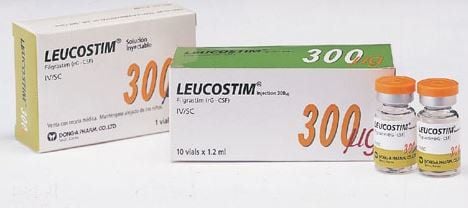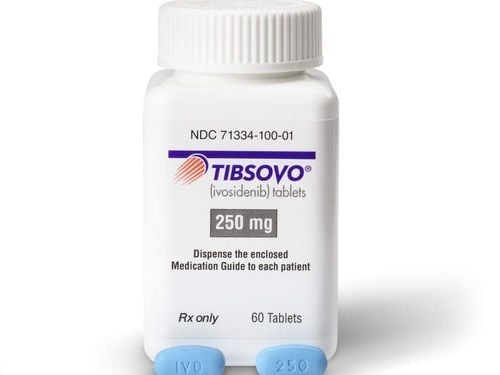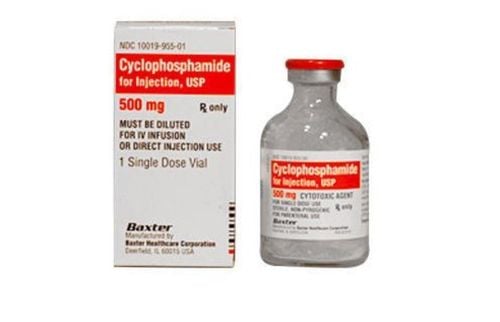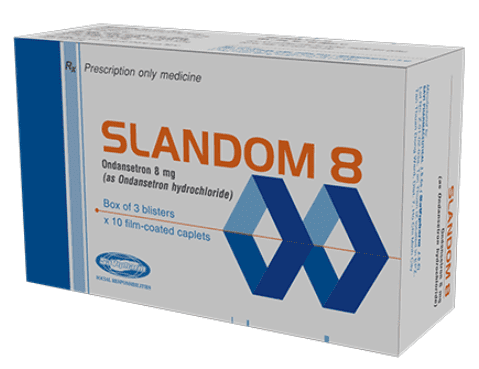This is an automatically translated article.
The article was professionally consulted by Dr., Doctor Le Tan Dat, Radiation Therapy Center - Vinmec Central Park International General Hospital.Some types of cancer can be cured by stem cell transplantation, which is a great advancement in world medicine. In Vietnam, the treatment of some types of cancer with stem cell therapy has now been conducted in many places.
1. Types of stem cell transplants
In stem cell transplantation, the patient receives hematopoietic stem cells through an intravenous line. Once in the body, these stem cells travel to the bone marrow and replace cells damaged during cancer treatment. The hematopoietic stem cells used in the transplant can be obtained from the bone marrow, in the blood, or the umbilical cord. Types of stem cell transplants include:Autologous transplantation (“Self-transplant”): Obtaining stem cells from a patient and reintroducing them to themselves. Allogeneic transplant (“Allograft”): Stem cells obtained from another person. The donor can be a person related by blood but can also be someone who is not related by blood, but must be genetically matched. Homogeneity: The stem cell source comes from the patient's twin. To minimize side effects and improve success in allogeneic stem cell transplantation, the donor must bring a matching source of hematopoietic stem cells to the patient.
Trắc nghiệm: Thử hiểu biết của bạn về bệnh ung thư
Ung thư là nguyên nhân gây tử vong hàng thứ 2 trên thế giới. Thử sức cùng bài trắc nghiệm sau đây sẽ giúp bạn có thêm kiến thức về yếu tố nguy cơ cũng như cách phòng ngừa bệnh ung thư.
Bài dịch từ: webmd.com
2. Mechanism of cancer cure by stem cell transplant
Stem cell transplantation often has no direct effect on cancer treatment. Instead, the transplant helps the patient restore stem cell production after rounds of chemotherapy, radiation, or both. For example, in the treatment of cancers of the hematopoietic system, after a course of high-dose chemotherapy, destroys cancer cells, but also destroys the patient's own hematopoietic stem cells. Thanks to the transplant (transfusion) of stem cells, the hematopoietic cells recover, re-produce blood cells, immune cells, thereby helping the patient recover from the disease.However, in allogeneic stem cell transplantation, it is possible to directly fight cancer. This happens due to a mechanism called “Graft against Tumor” (“Graft Against Tumor effect”) after allograft. This mechanism occurs when white blood cells from the donor attack the remaining cancer cells in the patient's body after high doses of cancer treatment. Thereby, stem cell transplantation also has the potential to improve the effectiveness of treatments.
Stem cell cancer treatment is commonly used for people with leukemia, lymphoma, neuroblastoma, and multiple myeloma.

3. Side effects of stem cell transplant
Before performing a stem cell transplant, patients are often treated for cancer with high-dose chemotherapy, and/or radiation therapy. This process can cause dangerous side effects, such as bleeding and an increased risk of infection.When undergoing an allogeneic stem cell transplant, the patient is likely to develop a serious problem called “Graft-versus-host” disease (graft against transplant recipient). This phenomenon occurs when white blood cells from the donor recognize the cells in the transplant recipient's body as "foreign" and attack them. This can cause damage to the patient's skin, liver, intestines and many other organs, usually several weeks after the transplant. This condition is treated with anti-rejection drugs, such as steroids or certain other drugs that suppress the patient's immune system.
The more similar the donor's hematopoietic stem cells are to the recipient's cells, the less likely it is that rejection will occur. Therefore, the donor should be a family member who is related to the patient.
4. Time to perform stem cell transplant
Cancer treatment with a stem cell transplant can take up to several months to complete. The process of cancer treatment usually begins with planning such as: Is it possible to transplant, source of stem cells for transplantation (preparation for self or search for a suitable genotype,...), collection. Stem cells ensure the transplant, then undergo chemotherapy, radiation therapy or a combination of both. This phase lasts for a week or two, followed by a period of rest.Next, the patient will receive hematopoietic stem cells intravenously, similar to a blood transfusion. However, it takes 1 to 5 hours to receive the full amount of stem cells.
After receiving stem cells, the patient begins the recovery phase. During this time, the blood stem cells will make new blood cells. There is a period when the patient has to stay in an isolation room, with the highest sterile and safe conditions, because of the risk of infection and heavy bleeding. Even when the patient's blood count has returned to normal, it may take several months for the patient's immune system to fully recover for autologous transplants or 1 to 2 years for allogeneic transplants.

5. How does a stem cell transplant affect the patient?
Stem cell transplants affect all cases in different ways, depending on:Type of transplant performed Dose of treatment available prior to transplant Effective response to high-dose treatments Type the patient's cancer and how far it is progressing Pre-transplant health The doctor will monitor the effectiveness of the stem cell transplant by regularly checking the patient's blood count. As the newly transplanted stem cells begin to produce blood cells, the transplant recipient's blood volume increases.
6. Notes after stem cell transplant
6.1. Special nutrition after transplantation Some side effects that patients may experience during stem cell transplant treatment are anorexia, difficulty eating, nausea, vomiting, diarrhea, mucosal ulcers (throat, mouth, gastrointestinal tract,...) The success of the transplant depends a lot on the special nutrition for transplant patients.6.2. Working during a stem cell transplant Whether a patient can work during a stem cell transplant depends on the type of work that needs to be done. The entire stem cell transplant process, along with high-dose steps of chemotherapy, radiation, and ultimately recovery, can take up to several months. The patient will have to be hospitalized several times during this time. Even without staying in the hospital, sick people sometimes have to stay nearby, instead of living in a place of work or home far from the hospital. Therefore, if work permits, patients should arrange to work remotely.
7. Cancer treatment with stem cells at Vinmec Times City
Vinmec is the first hospital in Vietnam that has invested in methodical and intensive research in the field of stem cell application in cancer treatment and achieved many successes. Successful cases of stem cell transplants for cancer treatment have brought hope and opportunities for effective cancer treatment right at Vinmec Times City without having to go abroad.Advantages when choosing treatment at Vinmec's Oncology Department:
Experienced and highly qualified doctors team. Comprehensive professional cooperation with domestic and international hospitals: Singapore, Japan, USA, .. Comprehensive treatment and care, multi-specialty coordination towards individualizing each patient. There is a full range of mainstream cancer treatment methods: surgery, radiation therapy, chemotherapy, stem cell transplantation, immune enhancement, palliative care, nutrition... Patients before treatment are approved by a professional council, with the participation of leading experts: Surgery, Internal Oncology, Pathology, Diagnostic Imaging, Radiation... international clinical practice guidelines (regularly updated), as well as reference to regional and domestic oncology hospitals (treatment guidelines of the Ministry of Health of Vietnam). Medicines provided by the Department of Pharmacy always ensure the best quality.

Article referenced source: Cancer.gov
MORE:
Overcoming cancer "smoothly" through successful stem cell transplantation Developing CAR-T cell therapy technology to treat blood cancers How to use hematopoietic stem cells from umbilical cord blood to treat disease?














